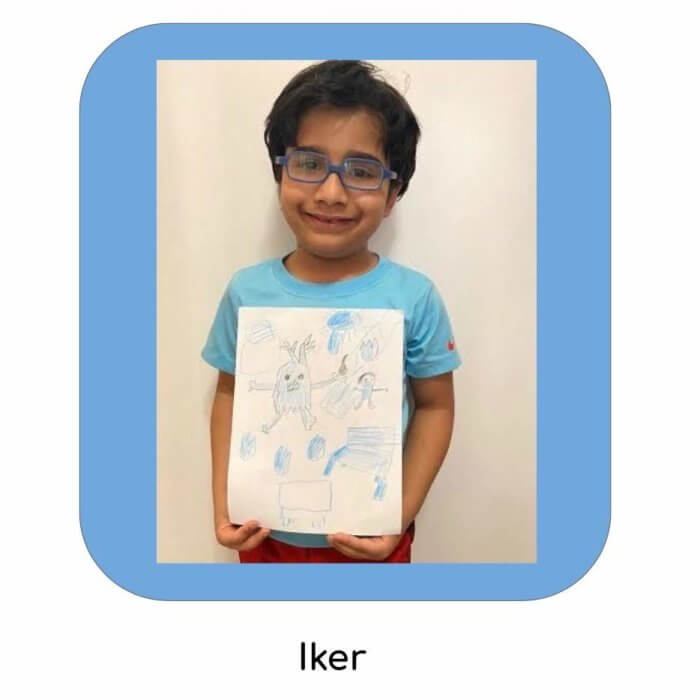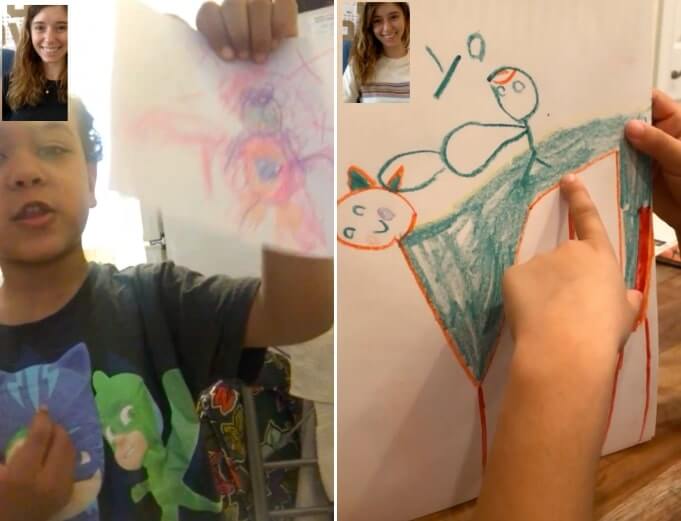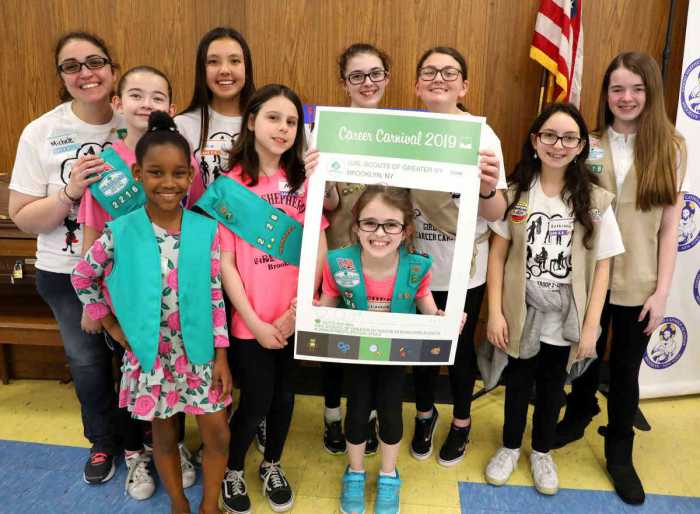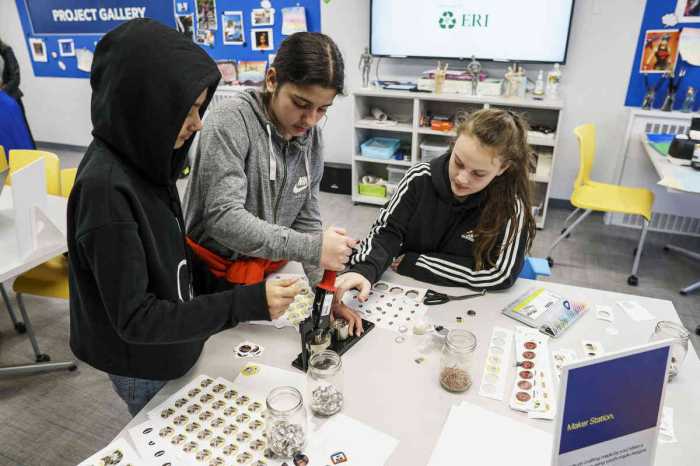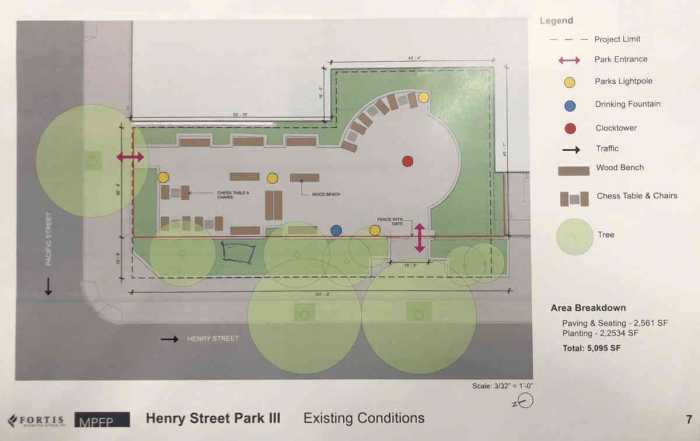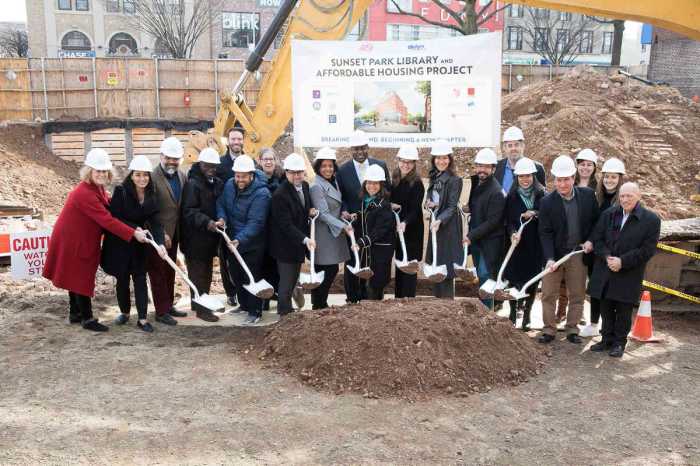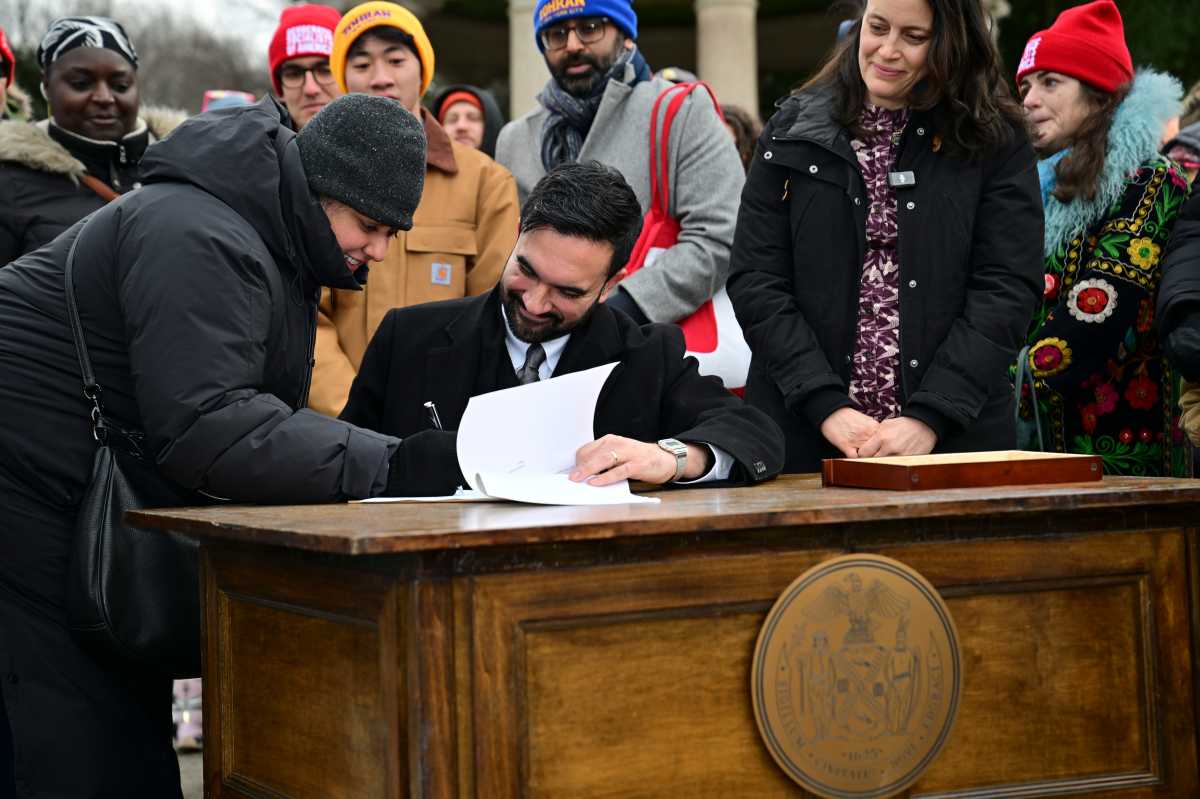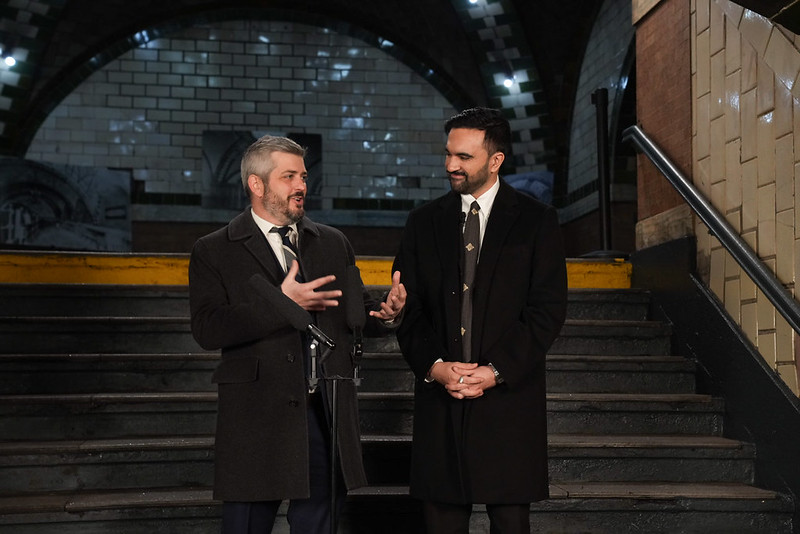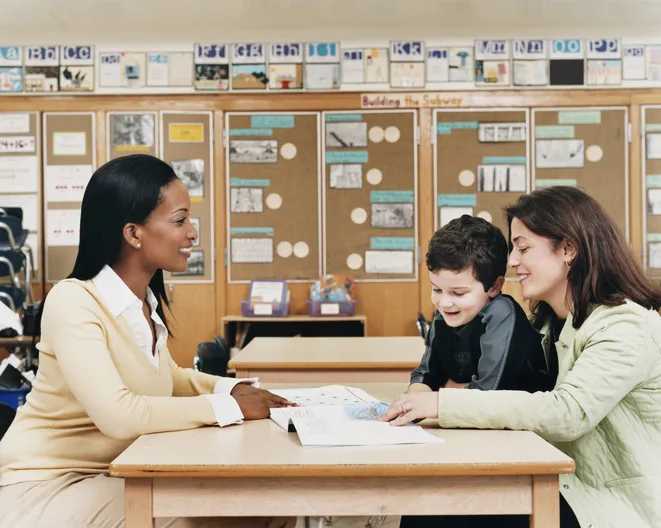As classrooms move online to prevent the spread of the novel coronavirus, elementary school teachers have scrambled to find ways to engage students — a challenge they face even in the classroom.
Educators had only one week to cobble together online lesson plans after the mayor and Schools Chancellor Richard Carranza announced on March 13 that city’s 1,600 schools would close to stop the spread of the virus. Schools will likely remain closed through the end of the school year, Mayor Bill de Blasio said ten days later.
Every public school, including preschools, must institute some type of remote learning during the closures, although schools are free to decide how to implement it. To make sure the city’s 300,000 students without reliable internet access at home remain connected, the Department of Education has been providing LTE-enabled iPads to children in need, a spokesperson for the agency said.
But even for the students with access to internet, the switch to online classes hasn’t been easy — especially for younger children who need constant direction to remain engaged.
One third grade teacher in Coney Island said she uses a wide range of online resources to recreate the lessons and activities students complete at school, but with added downtime.
“We’re trying to loosely mirror the schedule we would have in a normal day, but we incorporate a lot of breaks,” said Dichaba McGinty, a teacher at PS 90. “There are alternating 20 and 25 minute breaks.”
McGinty’s 24 students start the day chatting in a video conference before completing assignments posted for them on Google Classroom. The assignments often redirect students to McGinty’s pre-recorded presentations, math problems on Kahn Academy, or reading material on ReadWorks. Meanwhile, McGinty remains online to answer the students’ questions — many of which revolve around technical difficulties.
“There’s been a learning curve for the students and for me,” she said. “A lot of of what our communications have been about are the sort of unprecedented things the kids don’t know how to navigate.”
Sarah Mallory, an art teacher at a Cobble Hill charter school, also uses a range of devices to connect with her students. Every week, she posts a weekly “art challenge” online, and calls a set number of students on FaceTime every day to check in on their progress.
“I’ll ask them questions about what they’re making, give them a compliment, suggest ways that their project can go,” said Mallory, who teaches kindergarten through fourth grade at Success Academy. “Then kids send me their drawing projects over the week.”
Mallory posts the students’ projects every week on Instagram so that other students can see them and respond to them — just as they would in art class.
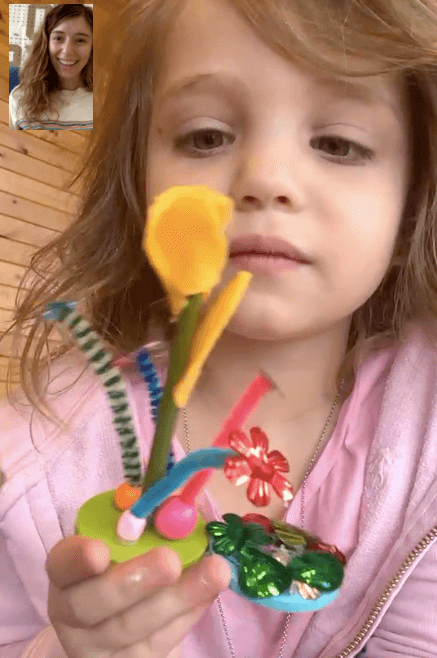
To lessen the burden of remote learning, Governor Andrew Cuomo officially called off standardized testing statewide on March 20. While teachers still worry about their students falling behind, many say that the online shift has allowed for a new type of learning and deeper connections with their students.
“[Students] are so excited to be on FaceTime. It’s honestly like seeing an old friend or a family member,” Mallory said. “I’ve also had a couple parents who are working with their kids on the art projects. It’s been really fun to get to know everyone.”
